Preparation of NiO/WO3 Photocathode via Ammonium Paratungstate for PEC Application
- Details
- Category: Tungsten Information
- Published on Wednesday, 12 May 2021 04:31
- Written by yuntao
- Hits: 1482
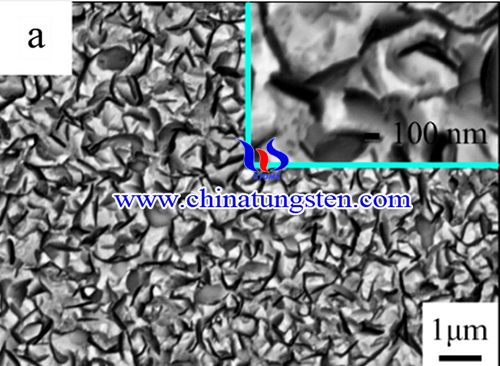
Fossil fuels as the current major energy source has promoted many environmental issues due to the large-scale emission of CO2 and other pollutants. Issues brought by fossil fuels include global warming, climate change, and sea level rise. Solar energy as a clean energy source has caught great interest globally, and is belived to be a promising solution to climate change and fossil fuel depletion. Photoelectrochemical water splitting (PEC) is an effective solar conversion technology to store the energy in hydrogen gas (H2).
APT as Tungsten Source to Enhance V2O5/WO3-Tio2 Catalysts
- Details
- Category: Tungsten Information
- Published on Wednesday, 12 May 2021 04:22
- Written by yuntao
- Hits: 1695
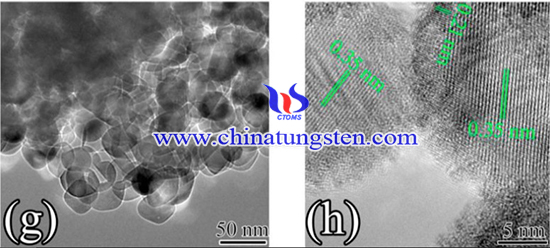
Nitrogen oxides (NOx) are produced from the emissions of stationary sources and automobiles. Direct emission of NOx into the atmosphere without purification will lead to photochemical smog, acid rain and even global warming. The selective catalytic reduction (SCR) of NO with NH3 is widely employed for reduction of NOx emissions from stationary sources like gas, oil and coal- fired power plants. The most common catalyst is vanadium well-dispersed on a titania support as V2O5-TiO2.
Preparation Methods of Tungsten Copper
- Details
- Category: Tungsten Information
- Published on Tuesday, 11 May 2021 08:52
- Written by pure-tungsten
- Hits: 1355
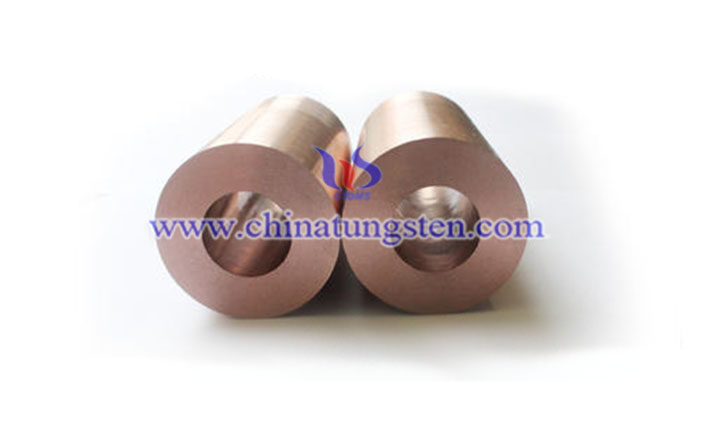
There are four main preparation methods of preparing tungsten copper: mixed-press sintering method, activation sintering method, infiltration method, and nano/ultrafine mixed powder sintering method.
Pt/Au/WO3 Catalysts Prepared from Ammonium Paratungstate
- Details
- Category: Tungsten Information
- Published on Tuesday, 11 May 2021 03:51
- Written by yuntao
- Hits: 1518
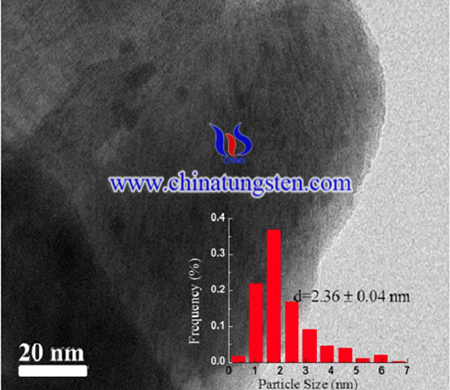
Glycerol is a byproduct of overcapacity from biodiesel manufacture. Selective hydrogenolysis of glycerol to 1,3-propanediol (1,3-PDO) has seen an increasing industrial demand as the glycerol derived from biodiesel production. By the way, 1,3-PDO has been largely utilized in solvents, cosmetics, cleaning products, pharmaceutical industries, and organic synthesis intermediates.
Preparation of Tio2/WO3 Using Ammonium Paratungstate for Photocatalytic Applications
- Details
- Category: Tungsten Information
- Published on Tuesday, 11 May 2021 02:04
- Written by yuntao
- Hits: 1551
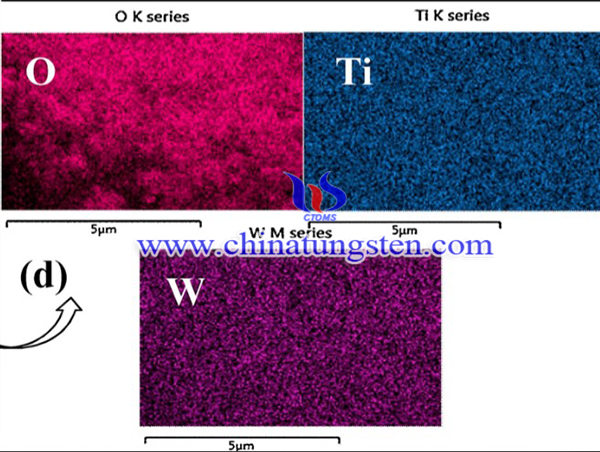
Titanium dioxide (TiO2) heterogeneous photocatalysis is an advanced oxidation process that degrades a variety of organic compounds, such as synthetic dyes, phenols and chlorophenols, detergents, solvents. Sunlight as a possible source of irradiation makes TiO2 photocatalysis an attractive technology to degrade pollutants in air. However TiO2 only works in conjunction with irradiation of limited wavelength: TiO2 band gap (Eg ≈ 3.2 eV) requires λirr < 385 nm, which rules out 95% of the solar spectrum.
Hydrothermal Synthesis of Porous WO3 Thin Films Using Ammonium Paratungstate
- Details
- Category: Tungsten Information
- Published on Tuesday, 11 May 2021 01:48
- Written by yuntao
- Hits: 1614
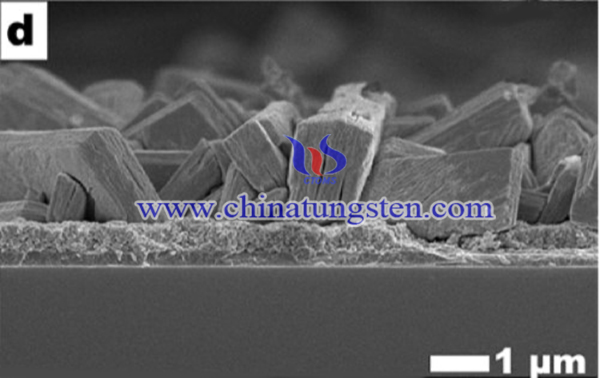
Photoelectrochemical (PEC) water splitting is believed to be the cleanest, most efficient and sustainable routes to replace the current fossil fuel based energy. H2 produced via PEC water splitting efficiently converted into electricity using fuel cells. Metal oxide semiconductors are known to be suitable materials for PEC water splitting as they are inexpensive and very stable in aqueous solutions.
Hydrothermal Synthesis of Hexagonal WO3 Microspheres with APT
- Details
- Category: Tungsten Information
- Published on Tuesday, 11 May 2021 01:27
- Written by yuntao
- Hits: 1935
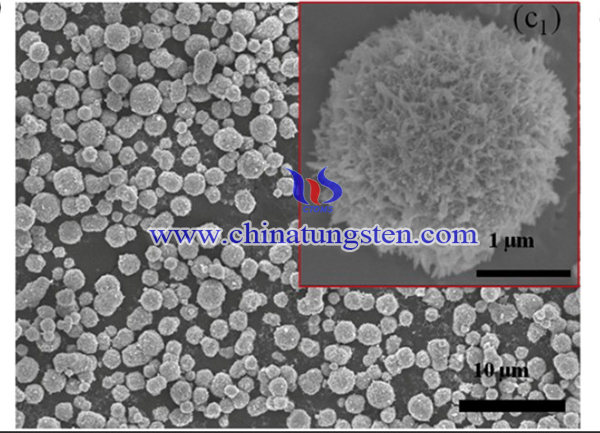
Hexagonal WO3 (h-WO3) has caught a great attention due to its unique tunnel structure. In h-WO3, six-membered rings composed of WO6 octahedra are arranged along the (001) plane by sharing corner oxygens, with formation of open tunnels that have a theoretical intracrystalline tunnel size of 0.39 nm, along the c-axis throughout the entire unit cell.
Tungsten Alloy Surface Milling Processing
- Details
- Category: Tungsten Information
- Published on Friday, 07 May 2021 11:30
- Written by pure-tungsten
- Hits: 1533
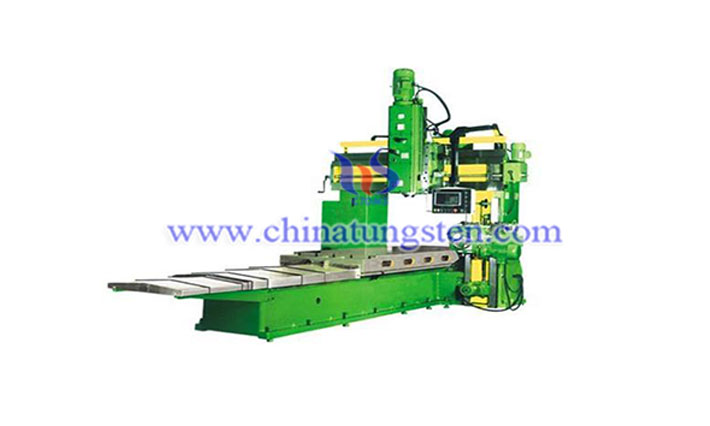
Milling processing is divided into down milling and up milling. Down milling is a milling method in which the rotation direction of the contact part of the milling cutter and the workpiece is the same as the cutting feed direction. Up milling is a milling method in which the rotating direction of the contact part of the milling cutter and the workpiece is opposite to the cutting feed direction.
Applications of Molybdenum Disulfide
- Details
- Category: Tungsten Information
- Published on Saturday, 01 May 2021 10:17
- Written by Hong
- Hits: 1656
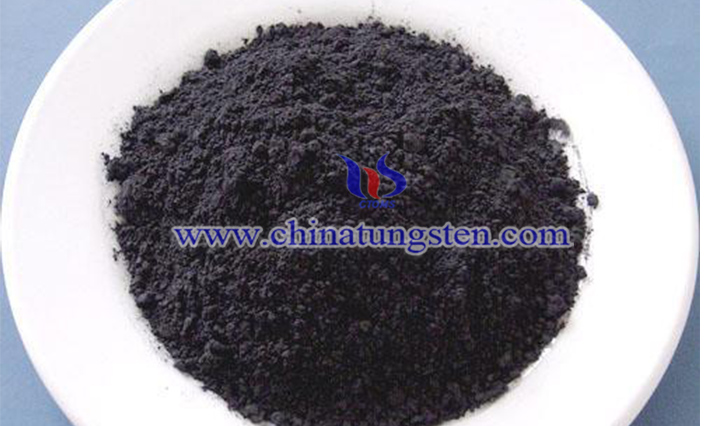
Molybdenum disulfide(MoS2) is a kind of solid powder which is made from natural molybdenum concentrate powder by chemical purification and changing its molecular structure. It is black with slight silver gray, metallic luster, slippery to the touch, and insoluble in water.
Preparation Methods of the Molybdenum Disulfide
- Details
- Category: Tungsten Information
- Published on Saturday, 01 May 2021 10:09
- Written by Hong
- Hits: 1721
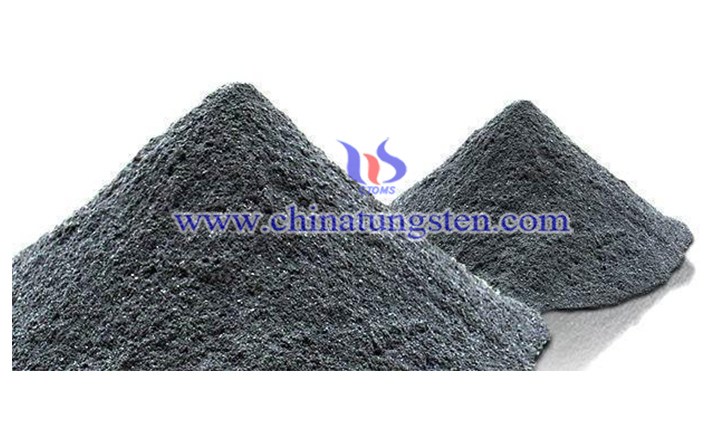
Molybdenum disulfide (MoS2) is a type of transition metal sulfide with glossy lead gray solid powder. It is synthesized and appears black, which has stable chemical property.




 sales@chinatungsten.com
sales@chinatungsten.com